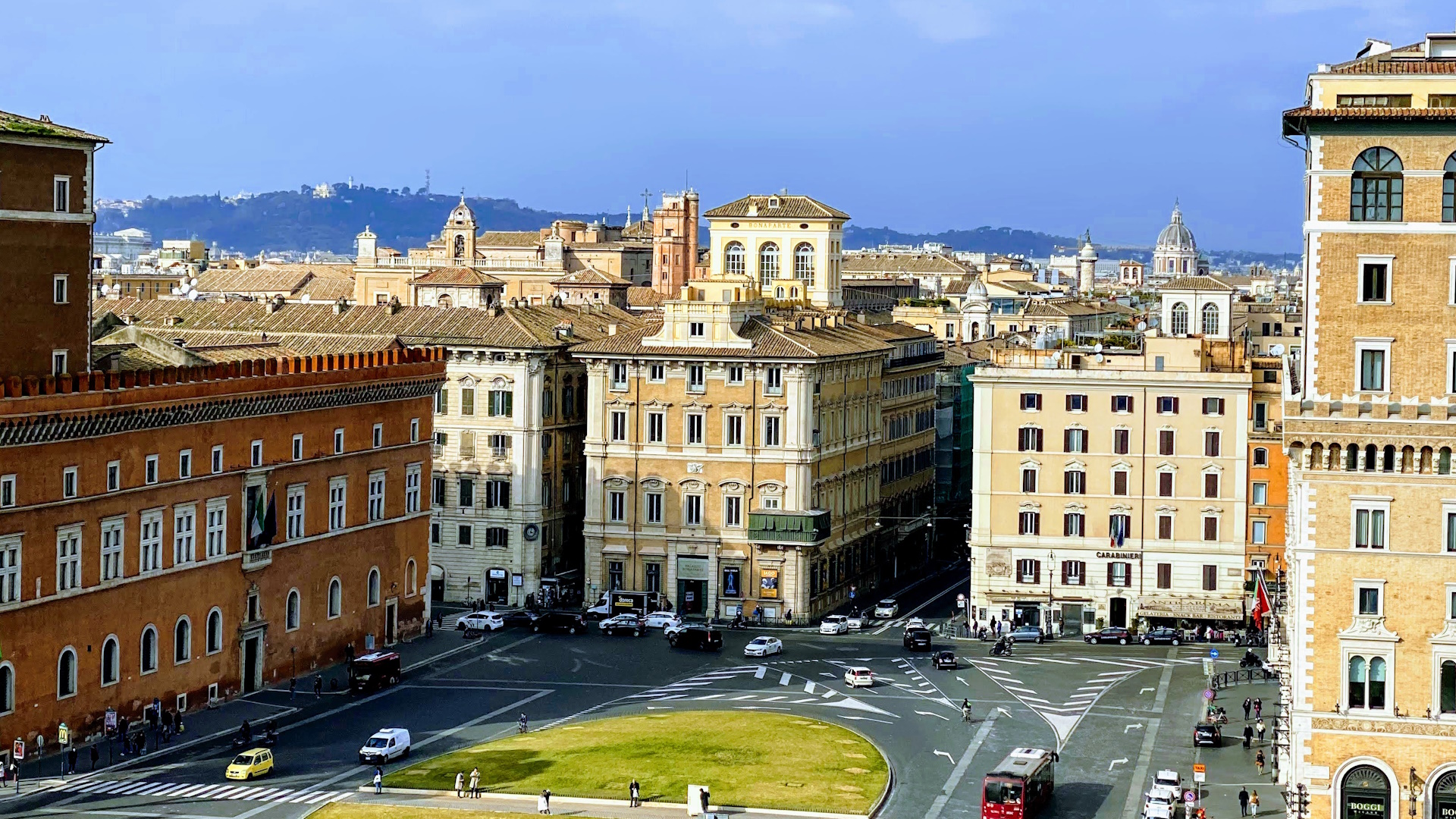
Between 1657 and 1677, architect Giovanni Antonio De Rossi designed the sumptuous palace on Piazza Venezia for the Marquises d'Aste, designing a façade that combined Baroque style with Renaissance severity in an innovative harmony.
It was in 1760 when the Marquises Rinuccini of Florence bought the building, which was sold in 1818 for 27,000 gold piastres to Maria Letizia Ramolino Bonaparte, known as 'Madame Mère' as she was Napoleon's mother. From then on, the Palazzo, where the noblewoman spent the last years of her life, took its name, becoming Palazzo Bonaparte.
From the refined atrium, characterised by a harmonious sequence of arches and decorated with an elegant marble fountain, you access the marvellous piano nobile (main floor), greeted by a plaster reproduction of Antonio Canova's Mars the Peacemaker, dedicated to Napoleon, and a series of richly decorated rooms and halls.
Eighteenth-century stuccoes and frescoes and later paintings and ornaments - such as the beautifully decorated doors, the elaborate motifs and rosettes on the ceiling, the brilliant colours of gold and red - are the hallmarks of this refined architectural masterpiece.
The palace is also distinguished by its characteristic green balcony with walls and ceiling delicately decorated with floral motifs, also called "mignano" or "bussolotto" - from which Letizia Bonaparte observed the carriages and the bustling city life - and by the elegant altana, dominated by the inscription "Bonaparte", the favourite turret of the nobility at sunset, from which to enjoy a splendid view of the city centre and the evening breeze.
In 1972, Palazzo Bonaparte became the property of INA Assitalia.
Today, it belongs to the Gruppo Generali and, after careful and extensive restoration, is a prestigious space dedicated to art and culture.
Photo: Redazione Turismo Roma
Information
For the opening times and guidelines please check the > official website
 Condividi
Condividi
Location
To find out about all accessibility services, visit the Rome accessible section.











































